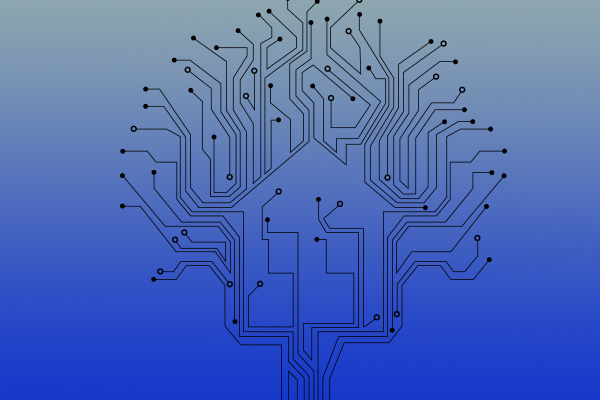Nick Jones, Vice President, Gartner, outlines how CIOs should be considering product development, team building, and digital ethics of IoT within the connected home. 
In the connected home, a garden watering system might monitor and irrigate plants and be connected to and controlled by a smartphone app. In a more complex system, the watering system would be connected to the water supply utility and use intelligent cloud services to combine weather forecasts and pricing the minimise costs. In times of drought, the system might prioritise using limited water supplies for more valuable plants.
The technological and commercial effects of the connected home could have a wide reaching impact on the role of CIOs, and they could be directly or indirectly impacted by the smart home, depending on whether the company is creating the connected products and services or determining how other companies’ products will affect security.

Because smart homes introduce many types of connected devices to a new environment, CIOs must be involved in the security and architectural management of the integration, and host conversations about the ethics of connected home products. With the right preparation and team, CIOs can tackle the issues and smoothly navigate into the world of smart homes.
Support the connected home
Since no company will dominate all facets of the connected home, devices from different suppliers and industries will need to communicate and work together to serve the customer. Products from established vendors in existing industries will need to communicate with unproven companies and new technologies in a world containing up to 10 wireless standards. The smart home will require new architectures and infrastructures, and even novel solutions to allow all of the companies that create the technology to converse.
Build a team with the correct skill set
It’s fairly easy to conclude that the smart home will also require CIOs to review staffing needs. Some of the gaps can be filled with training, others will require new types of experts in embedded software development or embedded user experience design. CIOs may also need staff versed in working with a new type of vendors who specialise in IoT platforms or supporting new products.
In addition to the direct IT team, CIOs will need to educate executives on the current and potential difficulties of the smart home. Most early IoT adopters are discovering security and integration are more expensive and complex than anticipated, so it’s equally important that business partners understand the complexity of the tasks.
Manage the risks
The technology for smart homes comes with inherent security risks. Most of the smart home involves immature technology that will require security assessment. Before deciding on any methods, CIOs should host a discussion about the digital ethics of what the organisation can and should do with the information. Beyond that, CIO’s teams can contribute to authentication, information management, testing, software licensing, scalability, extensibility, and partner management.
Many of the technologies collect private or sensitive data at the consumer level. For example, some technology is constantly managing data about people’s lives and habits that CIOs will need to secure and ethically manage. Part of the CIOs role in regards to smart homes will involve educating enthusiastic businesses as to the risks of connected technology, and ensuring they are asking the right questions when it comes to hardware or software partners.





